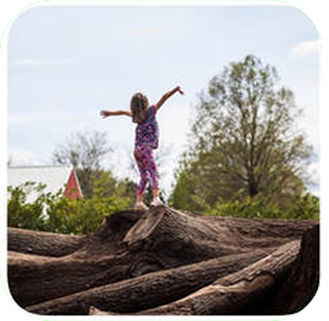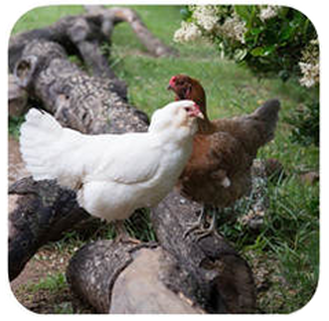Pioneer Springs Community School Mission
Pioneer Springs Community School was created by families to give more families the opportunity to be part of a Basic School connecting students to their community and the natural world. At Pioneer Springs, we believe a school can: keep the desire to learn burning bright in every student through individualized, hands-on, creative exploration of an integrated curriculum; foster the growth of the whole student: academically, physically, socially, and emotionally; function as a community of learning in which students, parents, teachers, and staff collaborate to achieve common goals; capture students’ inherent curiosity about their environment to foster deeper connections to nature.
Here is how we bring our mission to life
|
At Pioneer Springs, everything we do is designed to empower students to grow, to give, to lead, and above all, to engage in learning every day. We blend the holistic Basic School approach to core curriculum with a healthy focus on our natural world. Because we respect each student as an individual, we foster the development of the whole child: academically, socially, emotionally, physically, and creatively. By providing authentic, meaningful, hands-on learning experiences every day both in and out of classroom, we tap into students’ intrinsic motivation to learn, while preparing them for a future of lifelong learning, success, and service in an intricately connected world.
Pioneer Spring's mission was inspired by Dr. Ernest L. Boyer, president of the Carnegie Foundation for the Advancement of Teaching, as outlined in his book, The Basic School: A Community for Learning. The Basic School provides a new vision of the role formal education can play in the lives of students; one in which the various languages of learning are used to gain insight into the human experience, and which addresses all aspects of students’ development to prepare them for lifelong learning and success. Additionally, our commitment to nature and the environmental education was inspired by the findings of Richard Louv in his 2005 book Last Child in the Woods. The Nature Deficit Disorder addresses most children in today’s world where social networks, cell phones, game consoles and computers, have increasingly disconnected and isolated them from the natural world. By integrating nature, student engagement and achievement increases, while also reducing symptoms of stress, anxiety, depression and ADHD. Environmental education captures student interest in the natural world and fosters a lifelong love of learning. By integrating academic subjects, our environmental education units allow students to not only meet the North Carolina Essential Standards for learning, while also understanding the real-world impact of what the learning. Does this sound like the right fit for your student? Click here to join our waitlist. |
Elementary students recite the "I Am Creed" every day to
remind themselves of their responsibility to their community and commitment to learning. |




